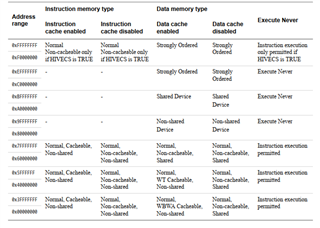Other Parts Discussed in Thread: DRA821
Our Prototype board uses GPMC Bus Interface to access target FPGA.
The target FPGA can be accessed normally via GPMC Bus, but in write operation, extra bus cycles are always observed in single word write access.
Is there some setting to suppress the generation of extra bus cycles ?
(1) GPMC Bus Cennection
DRA821U GPMC Port(Asynhronous, A/D-MUX mode, 16bit data size, use CS0-only, 128MB) <---> FPGA
interface signals: A[10:1],AD[15:0],CS0n,ADVn,WEn,OEn,BE1n,BE0n,WAIT0
(2) Observed interface signals
Waveforms of read/write access (from R-core)
regards,
Toshiya


